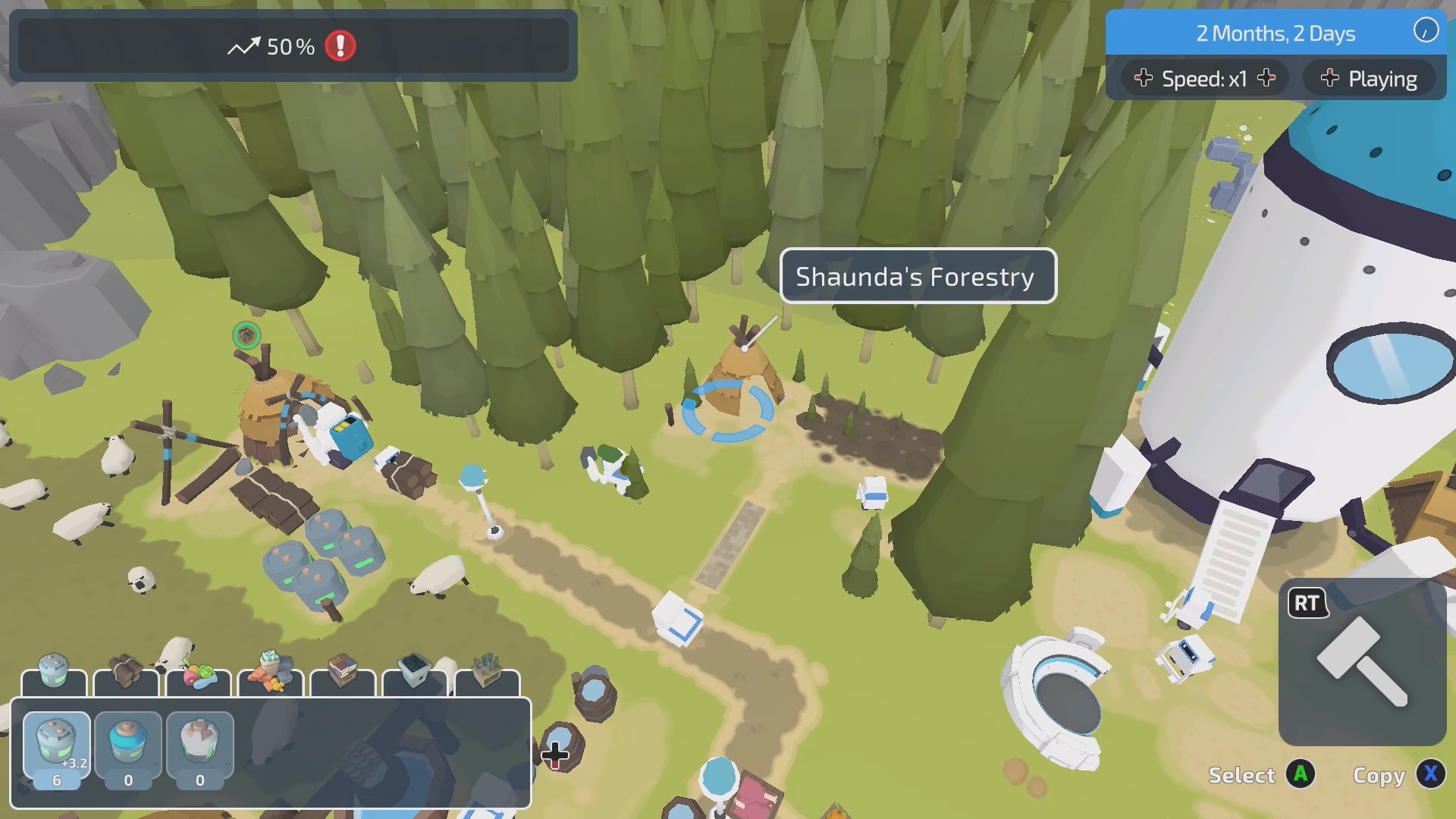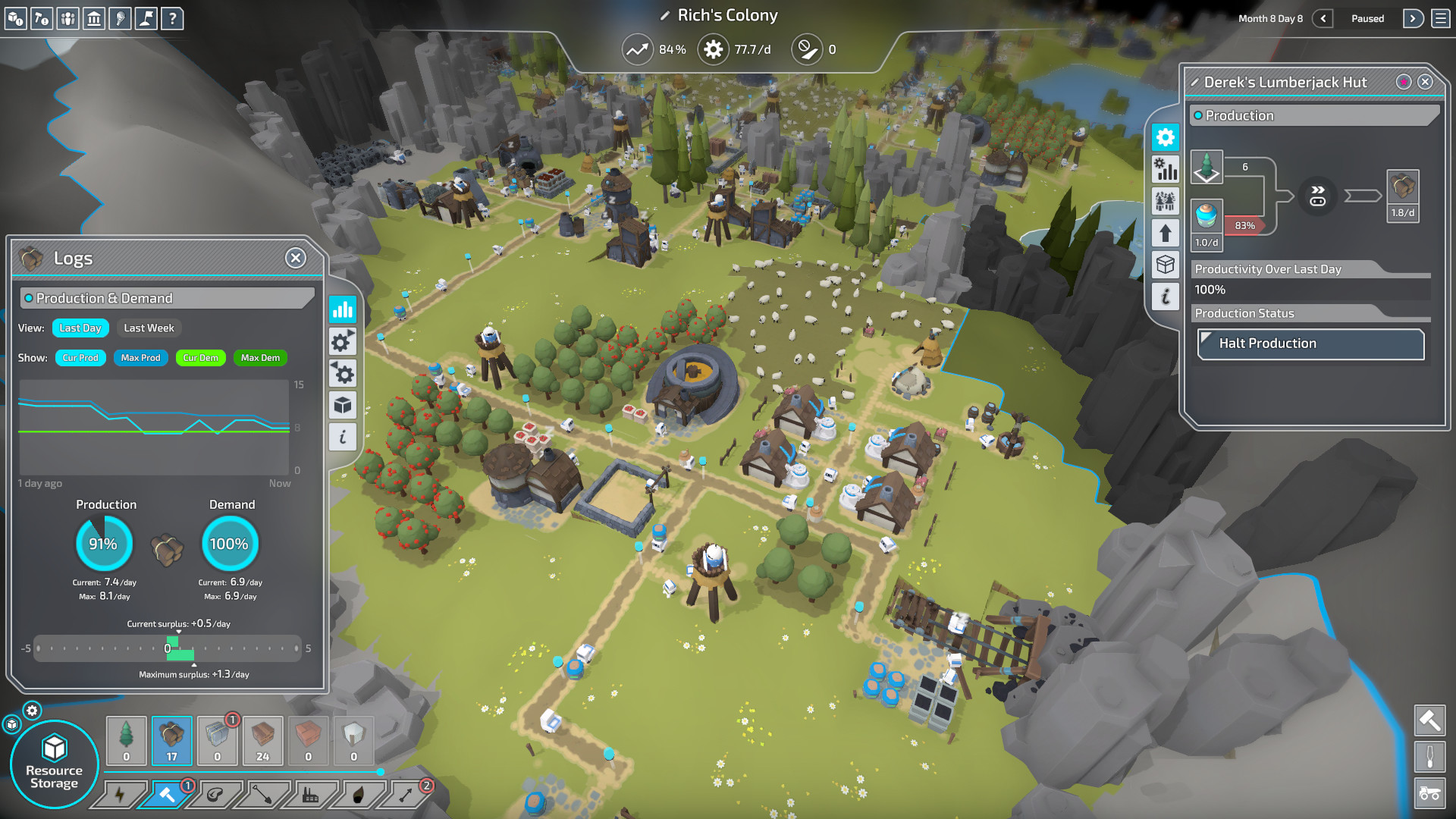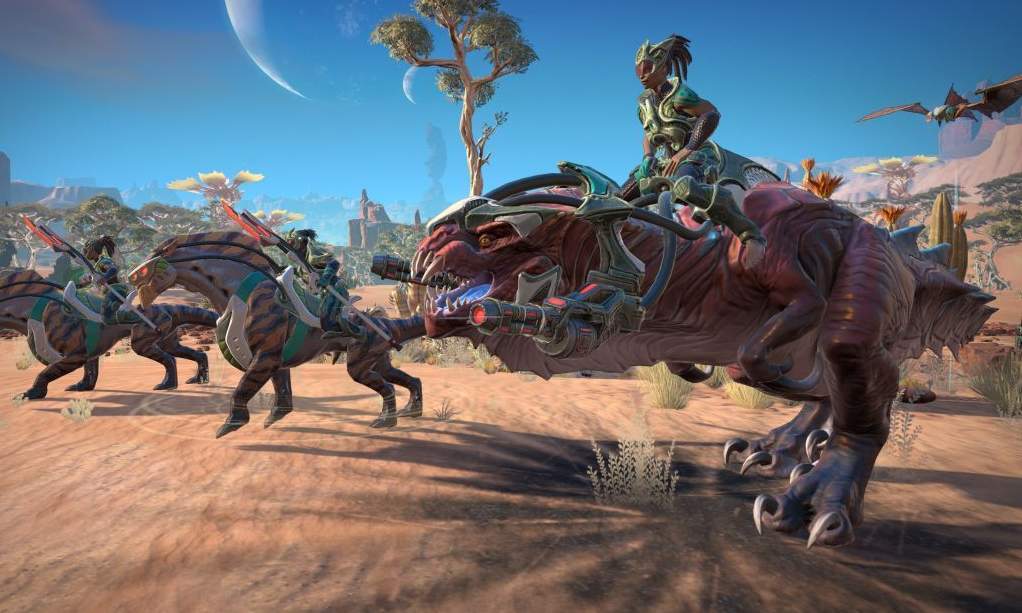

This is the row of cards that players can buy. If someone purchases the last card, they trigger the end of the game. New cards are revealed from the deck to refill the row. After buying cards, all cards in the row shift towards the side with less additional costs.
THE COLONISTS GAME STRATEGY PLUS
To purchase a card, players must pay the cost shown on the card plus any additional costs shown below that card. When someone plays Senator, they get to purchase one or two cards.

The price of each resource is shown on the top of each player’s storehouse. They can buy and sell any number of resources of the selected types. This means they can buy two types of resources, sell one type and buy one type of resource, or sell two types of resources. Then, the player can trade up to two types of resources. ( Nikhil Vyas)įirst, the player who plays Mercator gets three or five coins. If a player were to play Mercator on this turn, one possible move would be to sell one wine for six coins and then buy 3 wood for nine coins. They will open up more storage space when they place new colonists onto the board. Players can keep one resource in each space. This is a player’s storehouse with the starting resources in it. When a player chooses that option, they flip all provinces back to their resource side and get money for each coin that was previously showing. Once a province is on its coin side, it cannot be activated until a player chooses the second option, to take money. Then, all players get the resources shown on the cities in that province where they have a house.

The current player gets the resource on the province marker they flipped. To do this, the player selects one province on the board and flips its province marker to its backside, showing coins. The most common option is to produce resources. When a player plays a Prefect, they have two options. Blue does not get a cloth for their house on the cloth city because that city is not in Britannia. The green player also gets one brick for their house on the brick city. This gives them two tools, one for the province marker and one for their house on the tool city. However, they choose to flip the province marker in Britannia instead. One option they have is to take 10 coins and flip all the province markers with money showing to the side showing a good. One way players can trigger the end of the game is by building all 15 of their houses. For example, a wine city normally costs four coins, but if two other players have already built them, the cost is 12 coins. If other players have already built houses in a city, the money cost to build there must be paid again for each house already there.
THE COLONISTS GAME STRATEGY HOW TO
Players have a reference card, pictured on the left, that tells them how to construct a house in each city type. After moving their colonists, the player can build in any cities next to their colonists. They can split the movement among their colonists however they want as long as no colonist ends their movement on the line where another colonist is. A player can move their colonists a total number of spaces equal to the number of colonists they have. Land colonists move on gray routes, and sea colonists move on blue routes. Colonists start in cities, but they will always be on the lines connecting cities once they start moving.

When a player plays Architect, they get to move their colonists and then build houses in the cities next to them. The brick city costs one food and one coin. The wine city costs one brick, one wine, and four coins. Then, the player builds on both cities next to their sea colonist. This player chooses to move their sea colonist two spaces from Roma to the line where it is pictured. They have two colonists, so they get to move them a total of two steps. On the first turn of the game, the yellow player plays Architect. Below are descriptions of the cards in the game and what they do. Players will take turns playing one card from their hand and following its instructions. Each player starts with one land colonist and one sea colonist in Roma. How To PlayĮach player starts with seven cards, a storehouse with resources and colonists, and some money. Concordia might be easy to play, but it’s much harder to play it well. Concordia has minimal luck and high amounts of strategy although it is a complex game that takes 90-120 minutes to play, the rules are easy to grasp. This week, we’ll be taking a look at Concordia, an engine-building and resource management game for two to five players. It’s the height of the Roman Empire! Players are building houses around the Mediterranean Sea to produce resources and recruit helpers to improve their economy and score more points than their opponents.
THE COLONISTS GAME STRATEGY MAC
Concordia is an economic set collection and engine-building game designed by Mac Gerdts and published by Rio Grande Games.


 0 kommentar(er)
0 kommentar(er)
